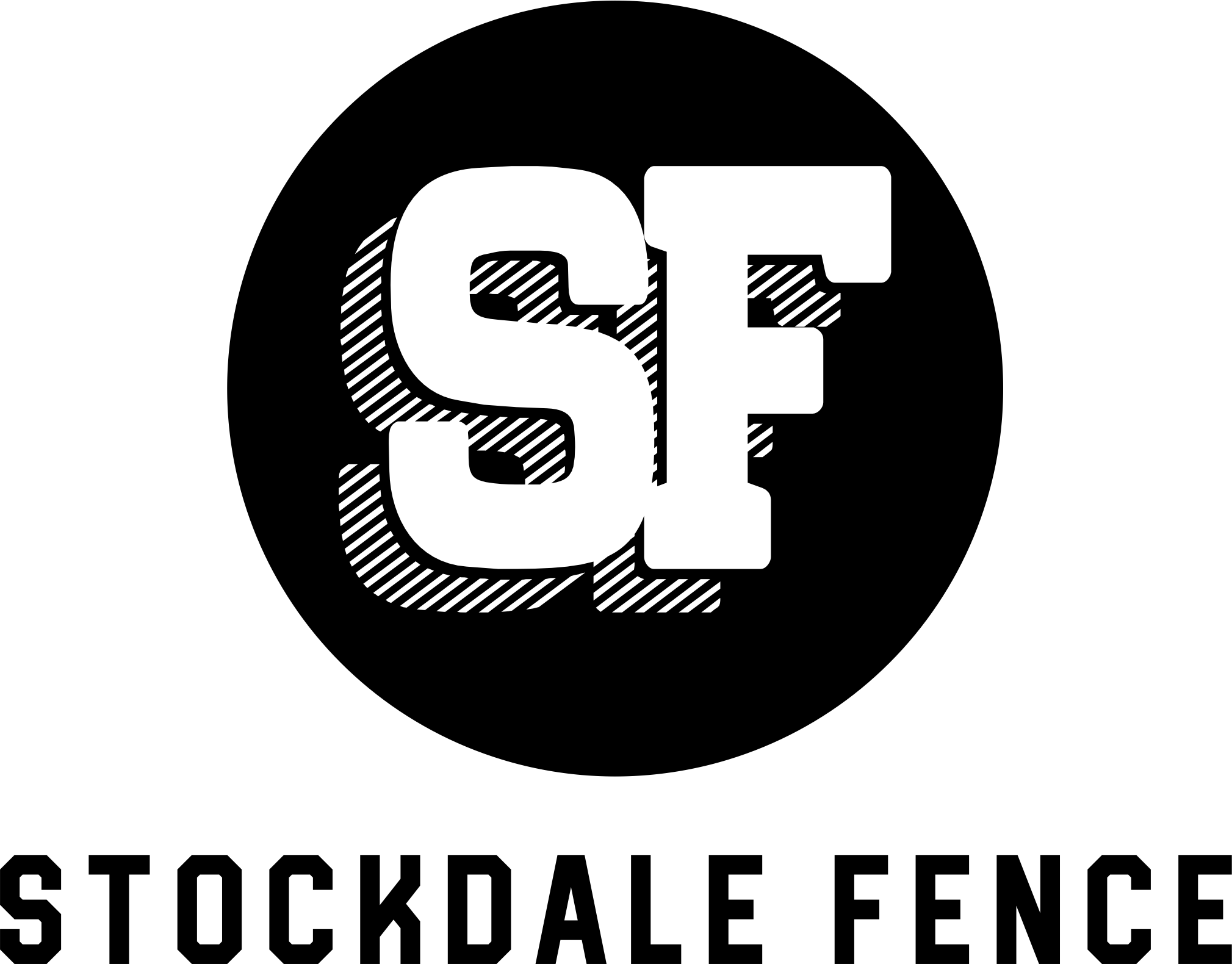
Wood fencing is often a favorite for its natural beauty and versatility. It can be customized easily, allowing you to create a look that complements your home. However, it’s important to be aware of its maintenance requirements. Depending on your climate, wood may need regular staining or sealing to protect it from moisture and pests. Make sure to choose pressure-treated wood or naturally resistant species to extend its lifespan.
Chain-link fencing is an economical and durable option that offers security without obstructing your view. It’s ideal for keeping pets and children safe while allowing you to see your surroundings. One downside is its aesthetic appeal; while some may appreciate its utilitarian look, others might find it lacks charm. If privacy is a concern, consider adding vinyl slats or climbing plants to soften the appearance.
Vinyl fencing has surged in popularity due to its low maintenance and long-lasting qualities. It resists fading, cracking, and insect damage, making it an excellent choice for busy homeowners. Vinyl is available in a variety of colors and styles, allowing for considerable creativity in design. However, it can be more expensive upfront compared to wood or chain-link, so weigh the long-term benefits against the initial investment.
Metal fencing, including wrought iron and aluminum, provides a robust barrier that exudes elegance. It’s particularly suited for homeowners looking to enhance their property’s curb appeal while ensuring safety. Wrought iron offers intricate designs and a classic charm but may require periodic painting to prevent rust. Aluminum, on the other hand, is lightweight and resistant to corrosion, making it a low-maintenance alternative that still delivers durability.
When choosing your fence, consider not only the materials but also the purpose of the fence. Are you looking for privacy, security, or decorative appeal? Will it serve as a boundary marker or a protective enclosure for your pets? Assess your local climate and any homeowner association guidelines that may influence your choice as well.
Lastly, think about your budget. While it can be tempting to go for the cheapest option available, remember that investing in quality materials and professional installation can save you money in repairs and replacements in the long run. A well-chosen fence will not only enhance your property’s value but also provide you with peace of mind for years to come.
By taking these factors into account, you can confidently choose the type of fence and materials that best suit your needs, ensuring that your investment pays off in both functionality and aesthetics.
